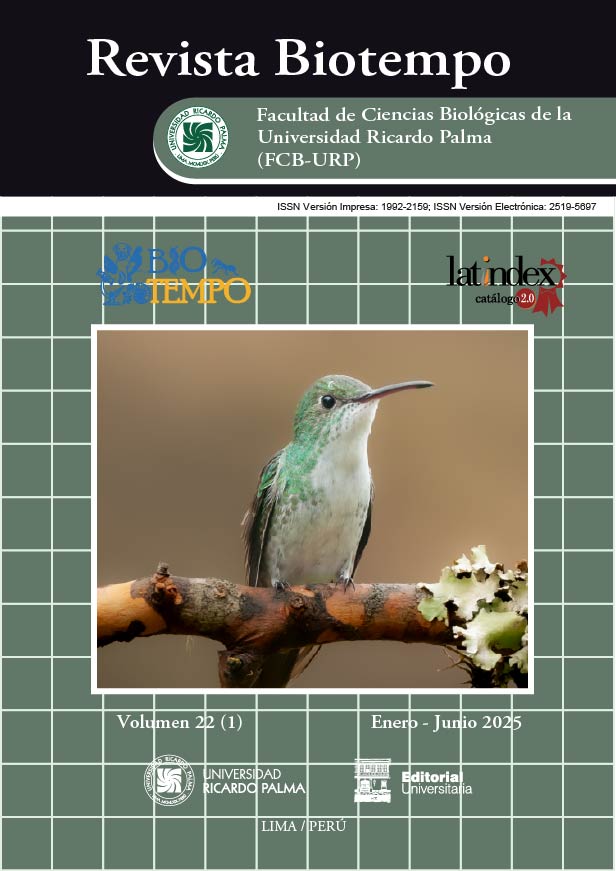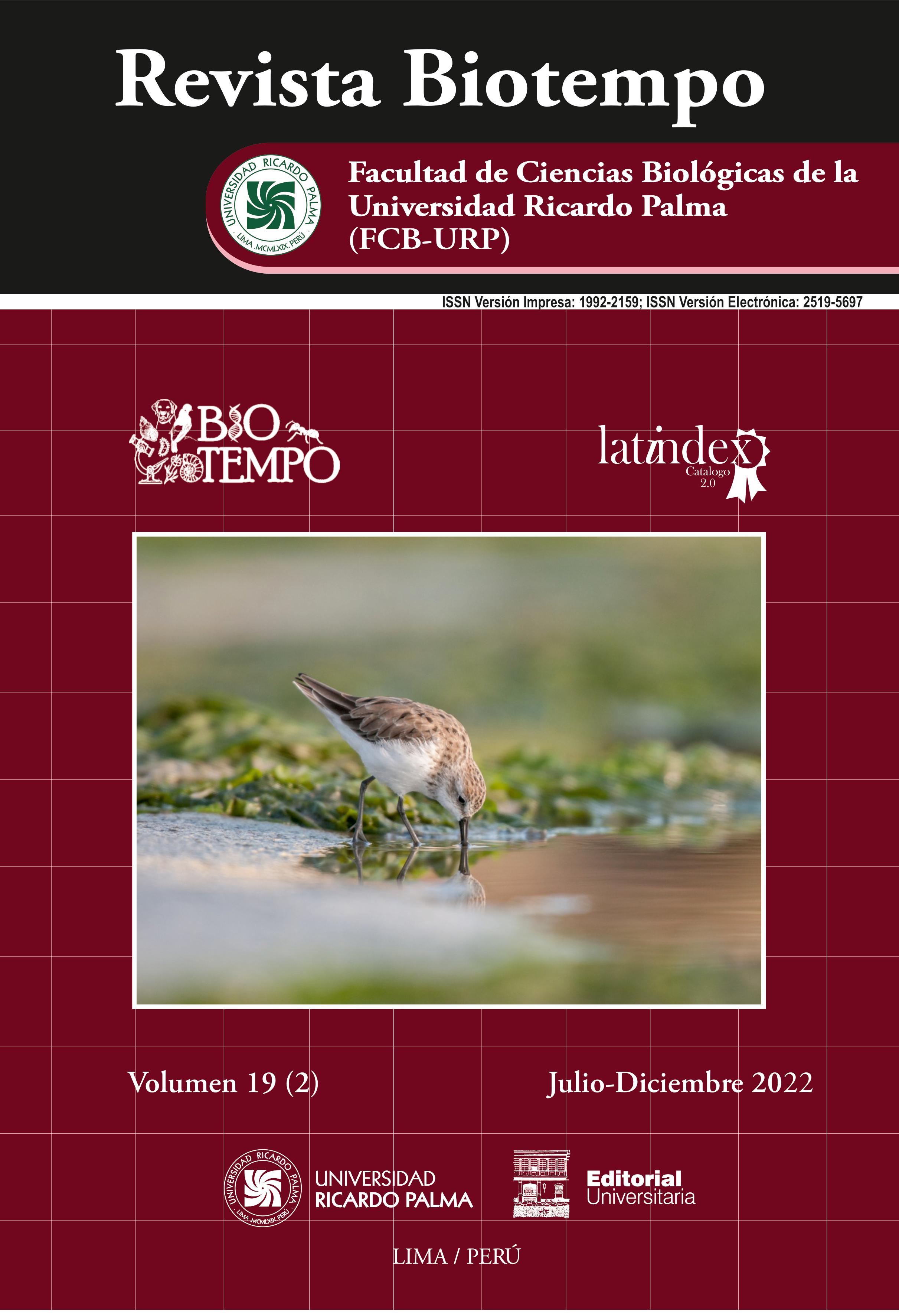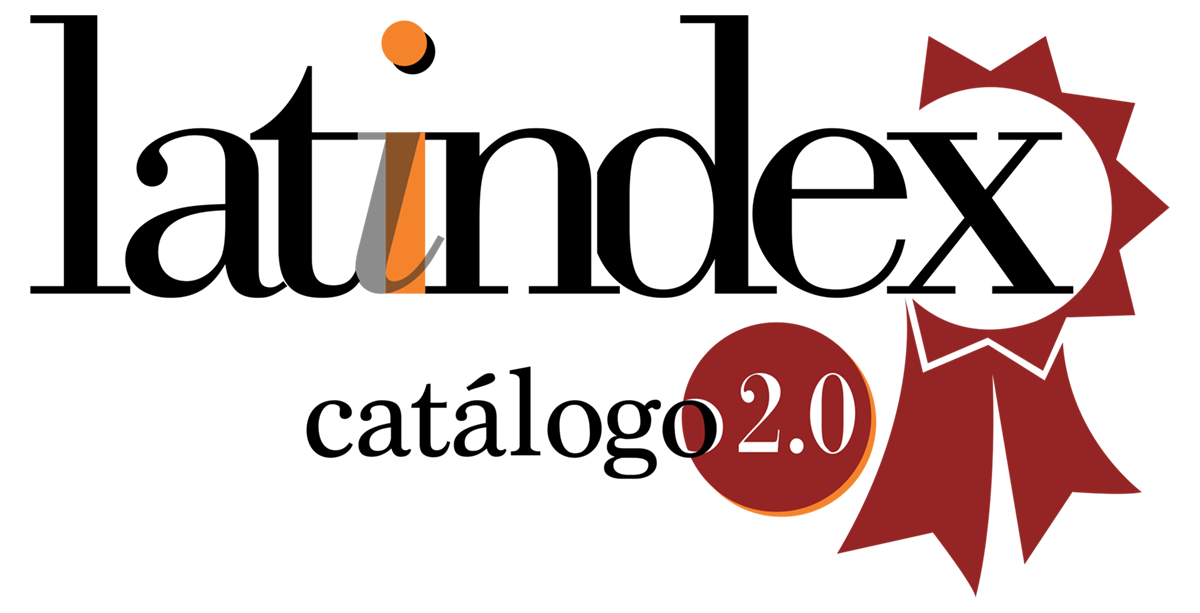Effect of the amputation site on regenerative capacity and survival of Eisenia fetida (savigny, 1826) “Californian red worm”
DOI:
https://doi.org/10.31381/biotempo.v22i1.7284Keywords:
Eisenia fetida, regeneration�, segments A90 and A32�, survival�Abstract
The aim of this study was to associate the regeneration capacity of Eisenia fetida (Savigny, 1826) with the amputation site. Amputations were performed on different body segments and the survival rates and regeneration lengths of the anterior and posterior sections were examined. 60 individuals were collected, from which 16 juvenile individuals were selected, which were amputated at anterior segments 32 and 90. The development of the anterior and posterior regions was evaluated over a period of 28 days, monitoring the regeneration process of the segments and weighing the individuals. Regeneration was completed in 21 days and was only successful in the anterior region of individuals cut at segment A90; in the other segments only wound healing was observed. Survival was 100% and 62.5% only for the anterior regions of groups A90 and A32, respectively, suggesting that the number of amputated posterior segments is a key factor for regeneration in E. fetida individuals.










